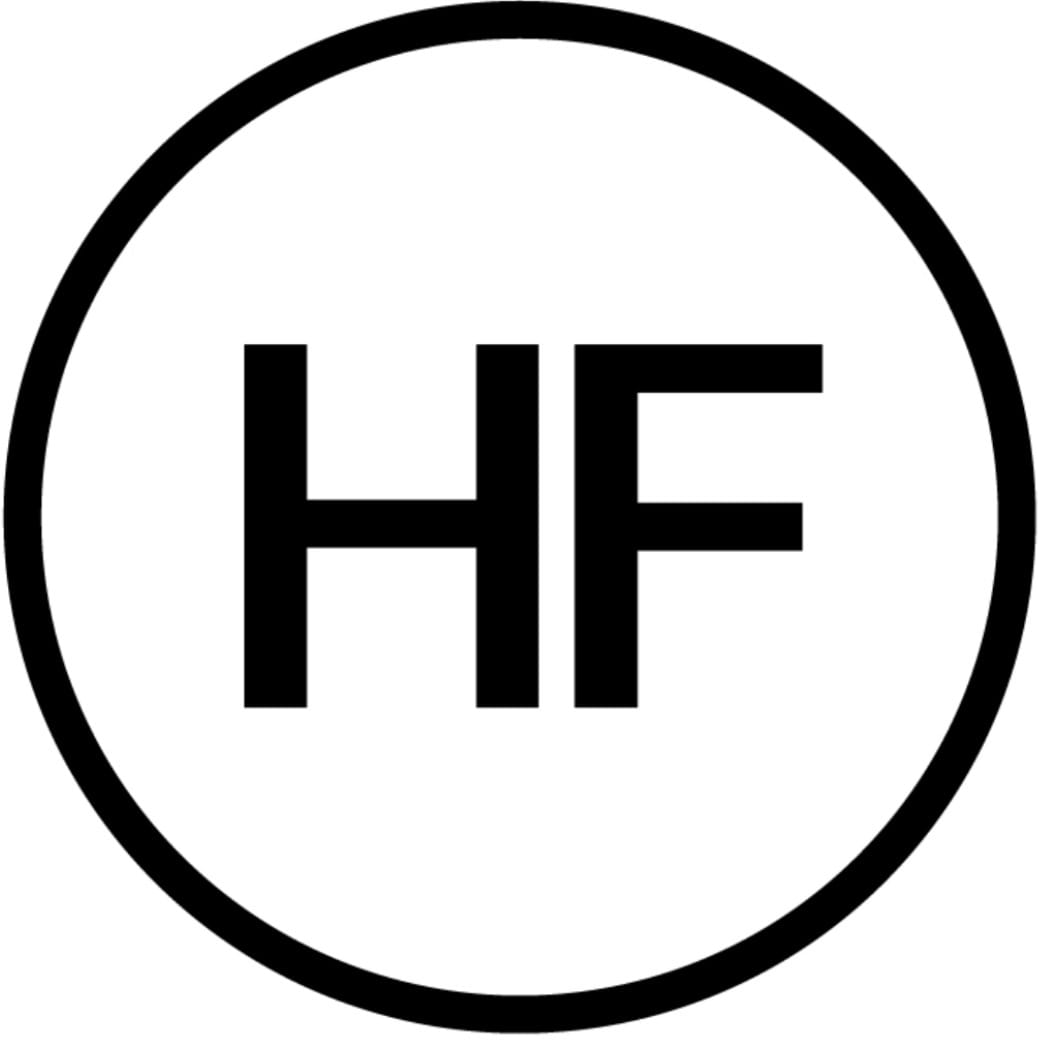HESSE FLATOW is proud to present Trodden Path, featuring the works
of 17 artists: Beverly Acha, Louise Belcourt, Sarah Blaustein, Michael Childress, Carl D’Alvia, Tara Geer, Elizabeth Hazan, Virva Hinnemo, Charlotte Hallberg, Paloma Izquierdo, Jonathan Ryan, Kathy Sirico, Charles Manion, Emma Safir, SR Lejeune, Claire Watson, and Alina Tenser at HESSE FLATOW EAST. Embracing the outdoors, the works utilize the language of abstraction to respond to the fury as well as the calm hush of a summer’s cycle.
Artists are closely bound to nature. Reinterpreting one’s environment from the lens of an artist’s eye and hand proves more than mere creative inspiration, but a deeply ingrained instinct to revel in and capture natural beauty. Trodden Path brings together works which viscerally reimagine well- considered landscapes and creatures, tapping into the artist’s subconscious memories of nature. Going down a trodden path is all at once a comfort and a neurotic tick. Tracing and retracing steps, senses attuned to every patch of moss, every marking on every tree, suggests madness bubbling on the horizon, yet without the paths, one would be lost entirely. What lies beyond, for now, remains unknown, however if one can venture off the well-worn and create new paths, the veil between the mythic woods and familiar fields is shattered.
Crickets chirp, buzzing cicadas punctuate white noise radiating from the heat off the pavement. Wind ripples through blades of grass - echoing deeper in pockets of shade. Out of this cacophony arises dashes of color, form, light, and line converging and separating spontaneously. Acid-trip colors offset flattened landscapes of outstretched fields, a clever rethinking of the modernist notion of a color field painting, repeated looping of ribbon and metal on itself, gestures to one getting lost within a forest or wood, kaleidoscopic forms jumbled, stretched, and recombined are imagined and compressed into symbolic interpretations. Familiar forms are rendered into shorthand through their abstraction; petals become oblong forms, lakes and rivers become interlocking geometric shapes, and representations of naturally occurring patterns such as leaves, and woodgrain belie their true, dense materiality.
Topographies are neither real nor fictional, rather they oscillate between tapping into subconscious memories of interactions known and felt, and to those completely fabricated, as if distorted through the distance of time. Wistfulness touches every work. Despite their exuberance, longing pervades many of the works; edges cannot fully converge, the drudgery of looping repetition and labyrinth- esque entrapments are drawn.

















